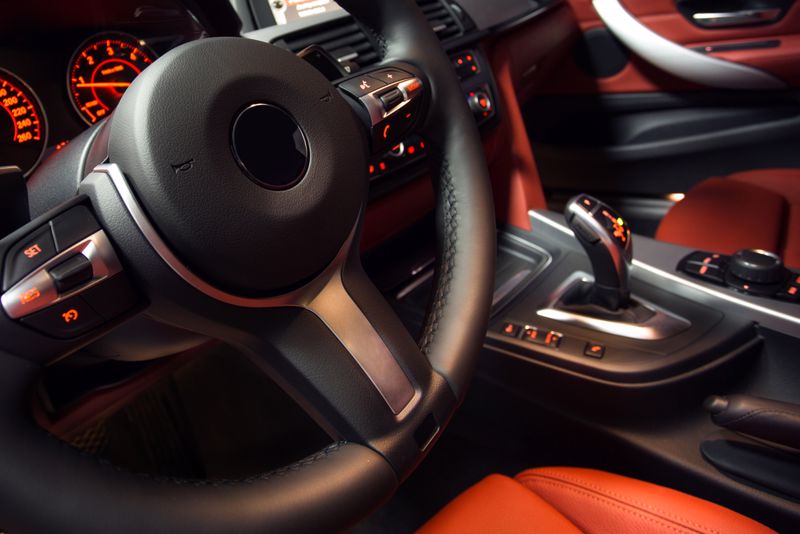
How IoT technology is changing the automotive industry
By Max BurkhalterDecember 20, 2021
Globally, the automotive sector is one of the biggest manufacturing industries. It churns out almost 78 million units produced worldwide in 2020, Statista reports. However, this number is a sharp decline from 97 million vehicles built in 2018, in large part due to wavering sales. Geopolitical reasons aside, one of the main causes for this decline in sales is the lack of innovative features in newer vehicle models. If four wheels and an engine are all consumers want, they will likely go for an older, cheap or used car. For automakers to attract consumers, newer models need to embrace the future by utilizing advanced technologies and the Internet of Things.

What is IoT in the automotive industry?
In short, the Internet of Things (IoT) refers to a system of devices that exchange data through a connection to the internet. In the automotive industry, this allows complex devices like electronics, actuators and sensors to share information with each other and other cars connected to the internet. Modern WiFi capabilities, engine performance metrics and climate control systems are just scratching the surface of what IoT solutions can offer vehicles, with countless applications to come as technology advances. With that in mind, here are four ways IoT devices are shaping the future of the automotive industry.
Connected cars
Cars that are connected over an IoT network can facilitate fast data transfers of vital information that improve road safety through enhanced communication. When smart vehicles connect to each other, they share information on location, speed and dynamics that can predict and prevent accidents and alert drivers to incoming emergency vehicles. Cars can also connect to other networks with data on traffic lights, accidents and weather forecasts so that drivers know what to expect. This improves the flow of traffic, increases safety and enables drivers to make informed decisions on routes and road conditions.
Predictive maintenance
When cars are manufactured with IoT capabilities, the embedded sensors collect performance data on specific parts and transfer this information to the cloud. There, predictive analytics process this data, evaluate the condition of individual components and assess the risks of malfunction. The driver is then notified of any problems and advised on potential service and repairs. Predictive maintenance can be used by both industrial and commercial consumers, whether it's monitoring fleet performance or improving the user experience for private owners.
Autonomous vehicles
As artificial intelligence and automation technology advances, autonomous vehicles are gaining traction in the automotive industry. Despite the recent dip due to the pandemic, Statista predicts the autonomous vehicle market will grow by almost 60% by 2023. These 'intelligent' cars benefit both commercial drivers and commuters by assisting them with tasks like driving, braking, parking and lane-changing. Integrating such IoT solutions into new car models will reduce human error, leading to safer road conditions for everyone.
Fleet management
Recently, the truck transportation sector has been experiencing radical shifts and disruptions due to challenges like labor shortages. Innovations in IoT technology have been driving a revolution in fleet management. Operators can now collect large volumes of data on everything from routes and traffic conditions to fuel consumption and performance metrics. This data is then used to track vehicles in real-time, provide remote diagnostics and improve operational efficiency and driver safety.
To learn more about how Perle can support IoT-based solutions in the automotive industry, read our customer success stories.



